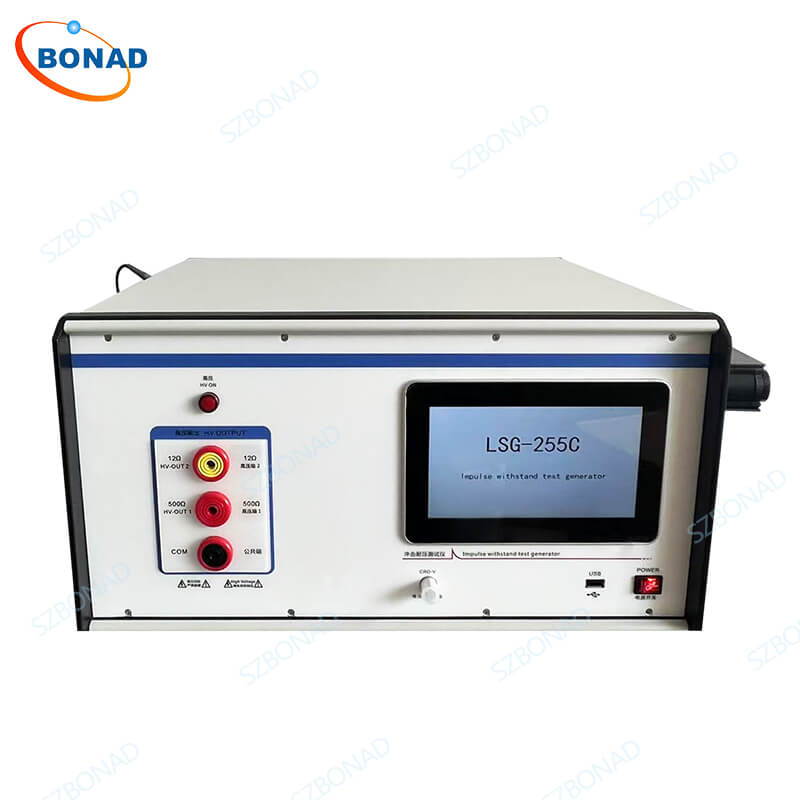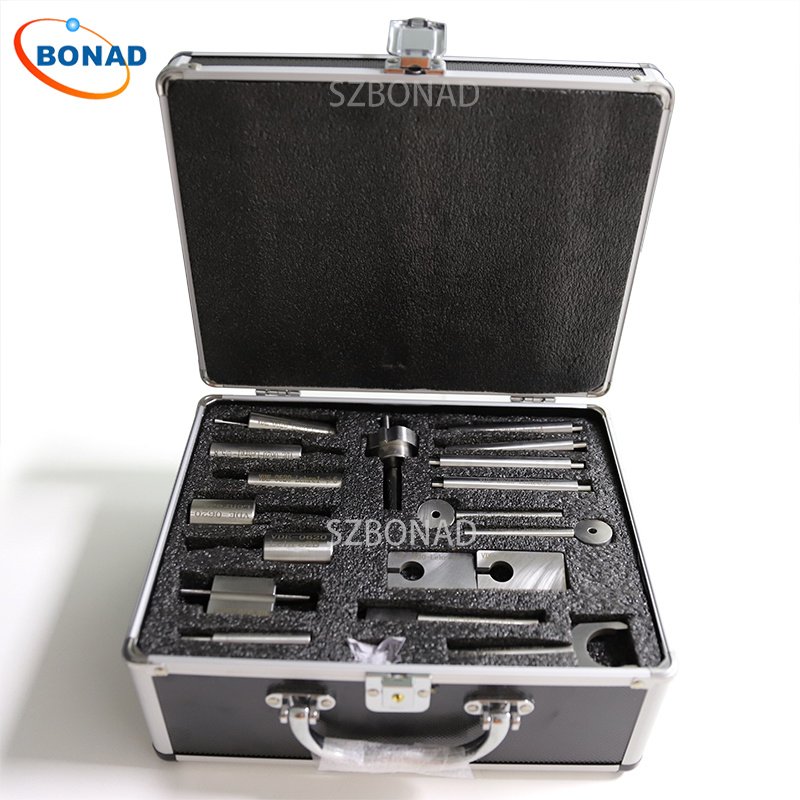Electrical and electronic testing is a crucial process that involves assessing and analyzing various components, devices, and systems to ensure their proper functionality, reliability, and safety. These evaluations are vital for product development, quality assurance, and adherence to industry standards and regulations. The scope of electrical and electronic testing is broad, encompassing numerous applications and techniques tailored to the specific elements or systems under review. Below are some prevalent types of testing in this field:
- Functional Testing: This type of testing verifies whether a device or system performs its designated tasks accurately. It includes checking inputs, outputs, and different operational modes.
- Performance Testing: This involves evaluating the performance of electronic components or systems under defined conditions by measuring aspects like signal quality, response times, and energy consumption.
- Power and Electrical Safety Testing: This ensures that electrical devices comply with safety standards to prevent user hazards. Tests may involve insulation resistance checks, ground bond assessments, and leakage current measurements.
- Environmental Testing: Electronic devices are exposed to various environmental conditions such as temperature fluctuations, humidity levels, and vibrations to determine their reliability and durability across different settings.
- EMC/EMI Testing: This evaluates electromagnetic compatibility (EMC) and electromagnetic interference (EMI), ensuring that devices do not disrupt other electronics while resisting external electromagnetic influences.
- PCB Testing: Printed circuit boards (PCBs) undergo tests like continuity checks, netlist verification, and component-level electrical evaluations to confirm their functionality and integrity.
- Burn-In Testing: Components are subjected to high temperatures and electrical stress to uncover potential defects and guarantee long-term reliability.
- Life Cycle Testing: This assesses the longevity and performance of components or systems over extended periods through accelerated aging tests.
- Power Electronics Testing: Components such as power converters, inverters, and motor drives are evaluated for efficient power conversion capabilities.
- Automated Testing: Automated test equipment (ATE) is utilized for high-volume testing of electronic devices, ensuring consistent results.
- Digital and Analog Testing: Differentiating between digital and analog components requires specific testing methods to verify functionality.
- Component Characterization: Individual components like resistors, capacitors, transistors, and diodes are analyzed for their electrical properties to ensure specification compliance.
Electrical and electronic testing is indispensable across industries including electronics manufacturing, telecommunications, automotive sectors, aerospace technology, consumer electronics markets, and medical device production.
BONAD specializes in crafting a diverse array of electrical testing equipment designed to help identify defects, enhance product performance, meet safety standards, and fulfill customer expectations. Reach out to BONAD Test Equipment for further information on how we can assist you in achieving optimal product quality.



